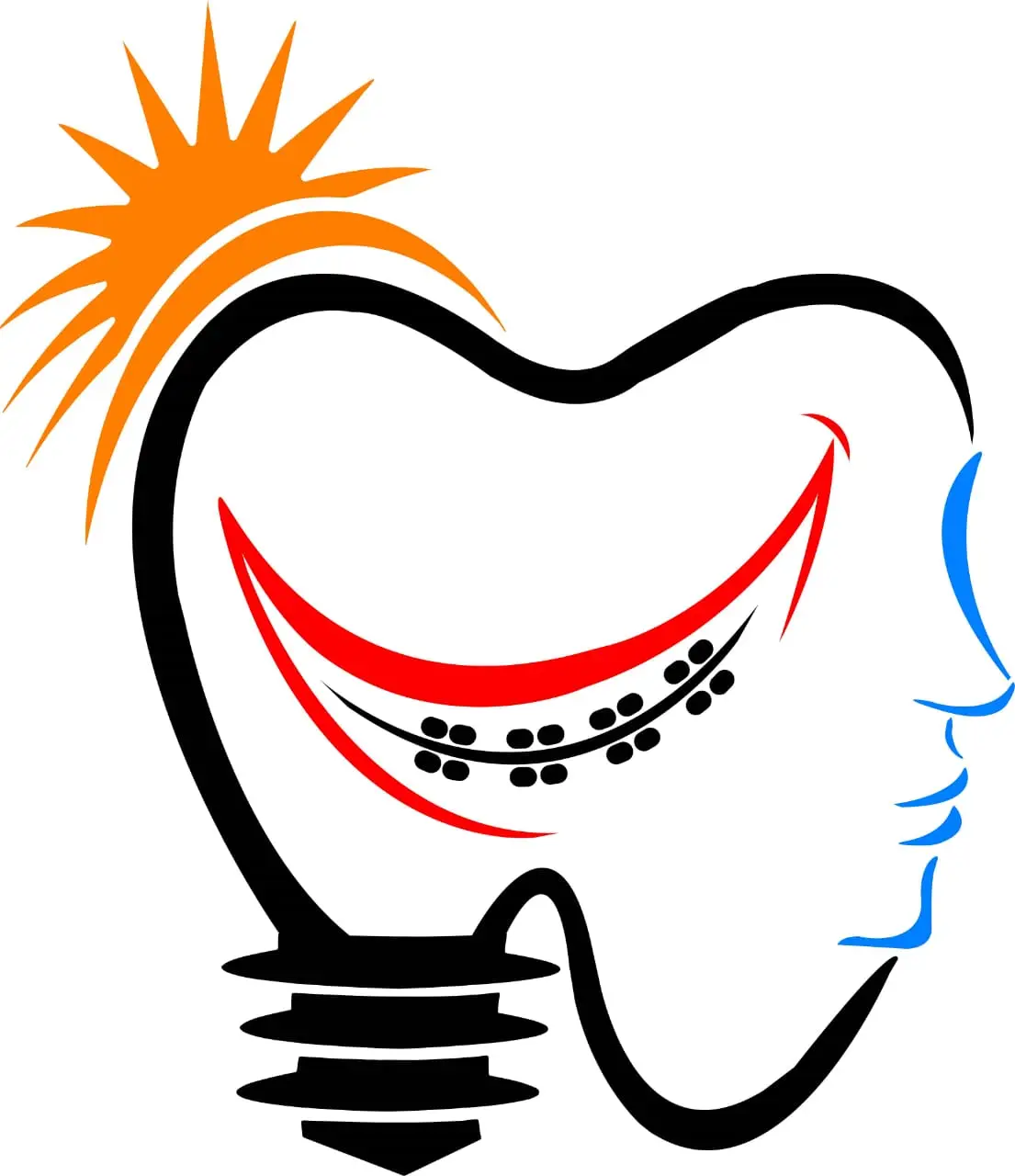Jaw Correction Surgery (Orthognathic Surgery / Dysgnathic Jaw Surgery)
Jaw correction surgery, also known as orthognathic surgery or dysgraphic jaw surgery, is a specialized surgical procedure designed to correct irregularities in the jawbones. It aims to improve both function and aesthetics, addressing issues related to chewing, speaking, breathing, and facial symmetry.
Who Needs Jaw Correction Surgery?
This surgery is recommended for individuals with:
✔ Misaligned jaws (underbite, overbite, open bite, crossbite)
✔ Facial asymmetry (jaw deviation or disproportion)
✔ Breathing difficulties (such as obstructive sleep apnea)
✔ Chewing and biting problems
✔ Chronic jaw pain (TMJ disorders)
Types of Jaw Correction Surgery
🔹 Maxillary Osteotomy (Upper Jaw Surgery) – Corrects an overbite, open bite, or crossbite.
🔹 Mandibular Osteotomy (Lower Jaw Surgery) – Treats underbites and other lower jaw misalignments.
🔹 Genioplasty (Chin Surgery) – Enhances the chin’s shape and projection for facial harmony.
🔹 Bimaxillary Osteotomy – Involves both upper and lower jaw surgery for severe cases.
Procedure & Recovery
✅ Pre-Surgical Orthodontics – Braces are often required before surgery to align teeth properly.
✅ Surgical Procedure – Performed under general anesthesia, with incisions made inside the mouth to prevent visible scars.
✅ Recovery – Swelling and discomfort are common but subside within a few weeks. A soft diet and speech therapy may be necessary for a smooth transition.
✅ Long-Term Benefits – Improved facial aesthetics, better bite function, enhanced breathing, and increased self-confidence.
With advanced surgical techniques and digital planning, orthognathic surgery ensures precise, safe, and life-changing results, helping patients achieve both functional and aesthetic improvements.


